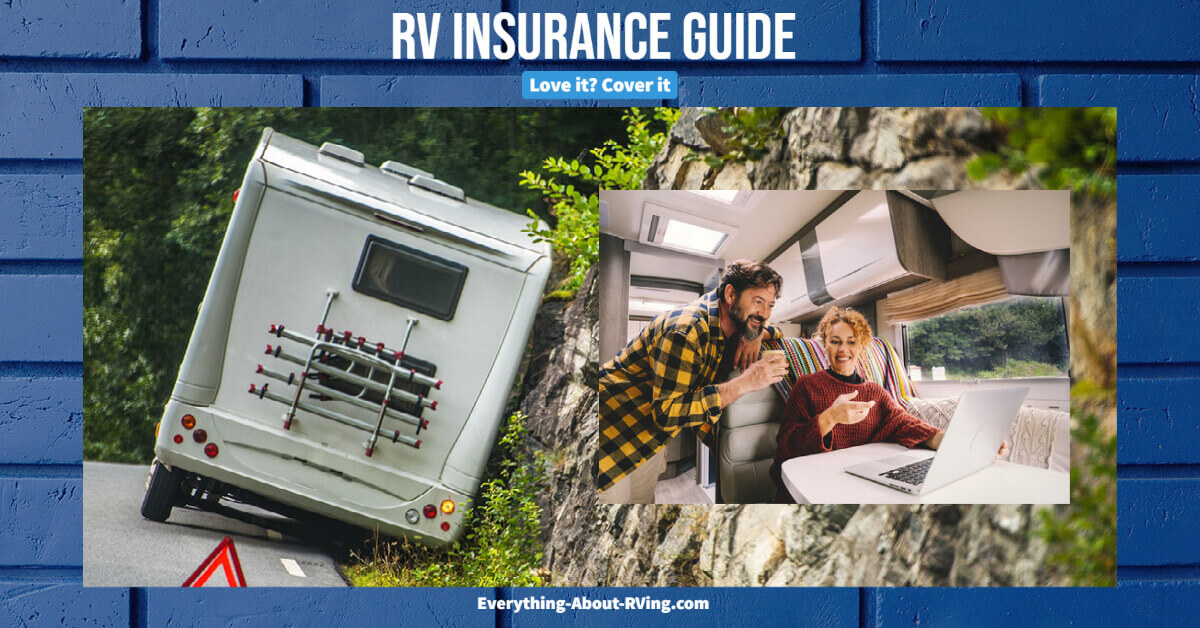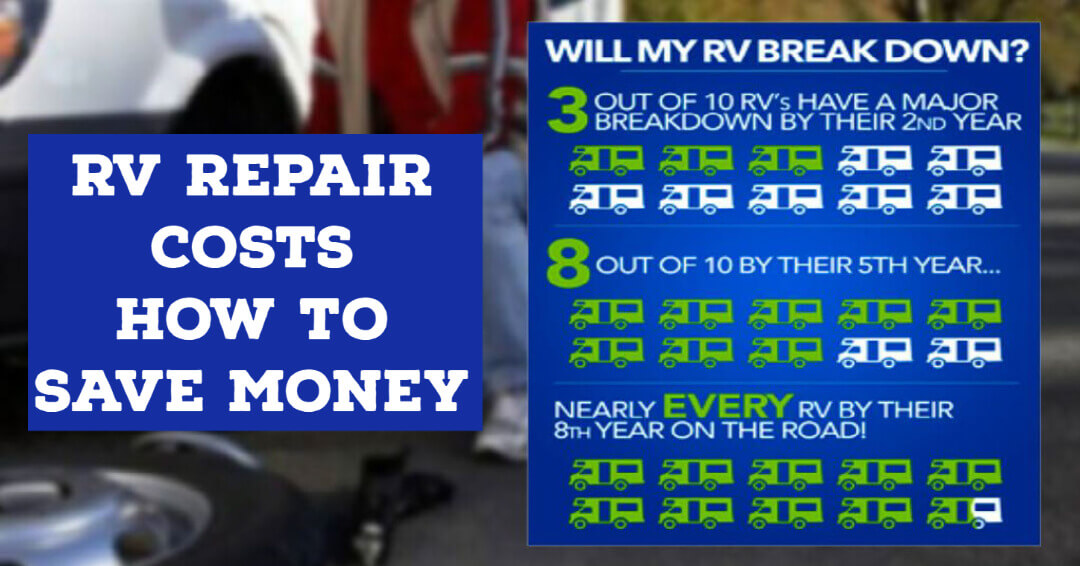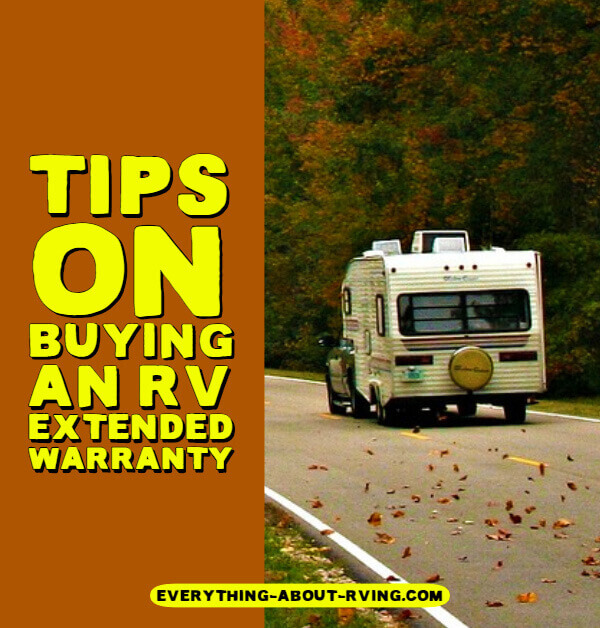- Home Page
- RVing Tips & Tricks
- Rv Insurance Guide
RV Insurance Guide
By Susan Doktor
This RV insurance guide will help you choose the right insurance for your RV
We don’t want to mislead you. Whether you like, dislike, or adore your RV, buying insurance for it is mandatory in all but two states. Where it isn’t mandatory, you have to meet other requirements that protect other drivers and their vehicles before you take your RV out on the road. And regardless, buying insurance is a smart move for any RV owner. You want to protect your home-away-from-home just as you would any vehicle—or any other home, for that matter. RV insurance offers financial protection under the most serious circumstances—it helps us manage the small annoyances we often face as RV owners.
What makes up a typical RV insurance policy? How much coverage do you need? And how much does all that cost? Here’s a brief guide to help you choose the best RV insurance policy for your needs.
Good Sam members enjoy instant discounts on fuel. Join Today!
Types of Insurance Coverage
- Liability Insurance Liability insurance protects other drivers (and even pedestrians.) If you’re at fault in an accident, liability coverage pays for the damages people outside your vehicle suffer, including—and especially—medical care costs. Most states impose minimum liability insurance requirements no matter what type of vehicle you drive. But these minimum amounts don't protect you from financial risk in the event of a very serious accident. Juries routinely return verdicts upwards of six figures when someone is severely hurt. Judgments can reach millions of dollars if someone is killed in an accident. It pays to purchase as much liability insurance as you can afford.
- Collision Insurance Collision insurance is optional. It covers the cost of repairing (and in some cases replacing) your RV if it’s damaged in an accident. There are two types of collision coverage: Total Loss Replacement and Actual Cash Value. The first is more expensive and here’s why. Once your new RV leaves the dealer’s lot, it immediately begins to depreciate. With Actual Cash Value coverage, if you’re involved in a collision, your insurance company will pay you the amount your RV is worth on the open market—for example, if you were to sell it to a used RV dealer or the highest bidder on eBay Motors. But with Total Loss Replacement coverage, your insurance company will pay you the amount you’d spend on a brand new RV that is outfitted the same way as your damaged vehicle. If the same model year RV is available at the time of your collision, your insurance company would pay for you to purchase it. If it’s no longer available, it will cover the cost of a newer RV that mirrors the features of your damaged vehicle. If your RV isn’t “totaled” in an accident, your collision policy will cover the cost of repairing it.
- Comprehensive Coverage Most of the coverage we’ve been talking about kicks in when you’ve been in an accident. Comprehensive coverage protects you against losses you may incur when you’re not driving. For example, it covers you in case of weather- or fire-related damage, theft, vandalism, and more.
- Uninsured and Underinsured Motorist Coverage Not everybody follows the rules. Some will break the law and not purchase liability coverage at all. Nor is everyone is as intelligent as you. Many won't buy enough insurance to cover the damages caused by a serious accident. That's why uninsured and underinsured motorist coverage is essential. You're buying coverage for yourself to account for people who fail to buy it for themselves. Fortunately, uninsured and underinsured motorist coverage is not terribly expensive—generally between $50 and $75 per year. Some states require drivers to carry UM coverage. But standard UM insurance policies have low coverage limits—just enough to keep you compliant with the law. So, it makes raising your coverage limits to a meaningful amount. Buying more UM coverage won’t cost you much, but it provides a lot of value should you suffer the misfortune of being in an accident with someone who isn’t as responsible as you are.
- Medical Payments Coverage Liability insurance protects the driver and passengers of the vehicle you’re involved in an at-fault accident with. Medical Payments insurance protects you and your passengers, regardless of who is at fault. The coverage is optional and may not be available in all states. But if you want to protect yourself, your family, and your friends no matter who causes an accident, it’s smart coverage to have.
Unique Types of Coverage for RV Owners
RV owners aren’t your typical drivers! And they may not have the same driving habits as people who own just a car. Some of us live in our RVs full-time, and some of us use our RVs only occasionally. Either way, your insurance carrier will want to know. Always be honest with your insurance company so you can get the coverage you need and avoid having your claims denied. If you are a full-time RVer, you may be required to purchase a full-timer policy, which functions, in some ways, like homeowner's insurance. If you keep some of your belongings in a storage shed, for example, full-timer policies protect you against personal property losses. They also typically include the Medical Payments coverage that you might buy separately under a typical RV policy.
You can also purchase separate coverage for the personal belongings you keep inside your RV, although that protection might be redundant if you have homeowner's insurance.
The Bottom Line
No one likes paying insurance premiums. But when you suffer a loss, you’ll be glad you did. Think of RV insurance as a necessary financial evil. You can expect to pay a maximum of $3000 per year for coverage, but many policies cost less. Insurers determine your premiums based on the type and value of the vehicle you’re insuring. Class A, Class B, and Class C policies vary in price. Your cost will also be based on the types of coverage, coverage limits, and deductible you choose, and how you use your RV. You can lower your overall costs by choosing a higher deductible. You can also reduce your bill by choosing lower coverage limits, but that comes with some risk. That’s especially true for high-net-worth individuals. If your coverage limits are low, your other assets may be used to fill the gap between what your insurer will pay and the amount of the claim against you. Be sure to discuss your RV lifestyle with an RV insurance specialist who can help you find the best deal on the right coverage for you.
About The Author
Susan Doktor is a journalist, business strategist, and principal at Branddoktor. Her contribution comes to us courtesy of Money.com. Follow Susan on Twitter @branddoktor.



